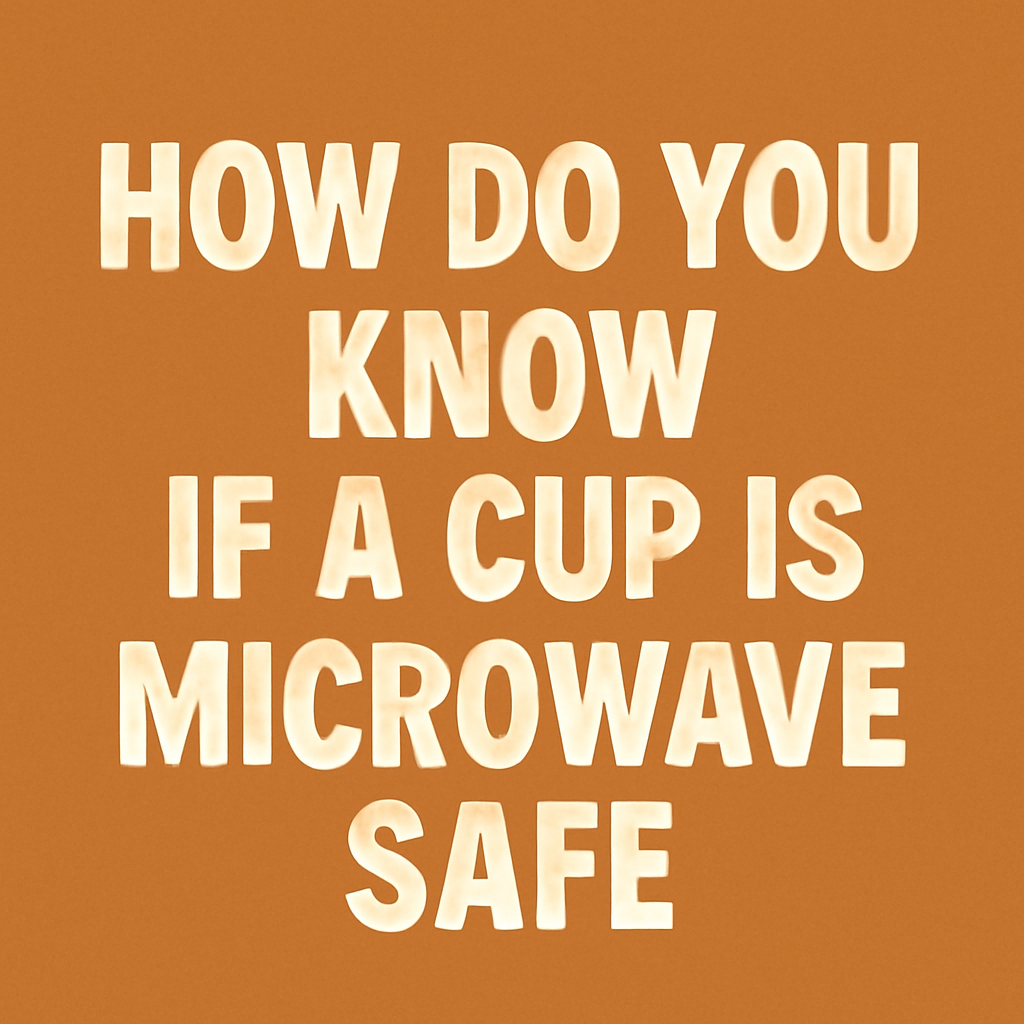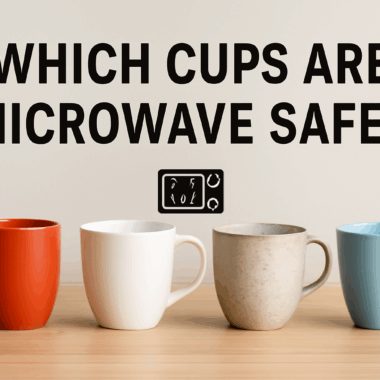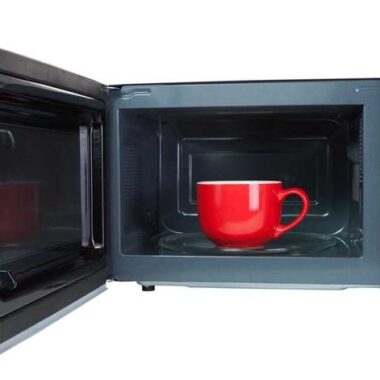No, Not All Mugs Can Go in the Microwave: Here’s How to Tell If It’s Safe
In the morning, when you’re logging on for a work call or rushing to get the kids on the bus, it’s tempting to grab the nearest cup and pop it into the microwave to reheat your coffee or favorite comfort drink. But not all mugs are made for microwave use. Using the wrong mug might lead to a chaotic mishap like shattering, releasing toxins, or even causing a fire hazard. I once used a beautiful ceramic cup that wasn’t microwave safe, and it cracked with a loud pop—thankfully, no burns, but it ruined my beverage and scared the dog. To avoid such surprises, consider checking the bottom for a microwave safe label or test if it can withstand short heating without overheating or sparking. Some material types are perfectly fine, while others aren’t—so make a list of your trusted cups. These simple tips can really help prevent an unsafe outcome while you’re heating up or re-heating your next cup in your heating appliance. Even a subtle difference in the cup’s material can lead to disaster—so choose wisely to keep your routine smooth.
Is Your Cup Good for Microwave Use? Here’s a Simple Way to Know
When choosing a mug for your coffee, it’s important to point out that not all standard mugs are microwave-safe. I’ve learned through trial and error that ceramic and glass are generally considered safe, but only if they’re made of heat-resistant material and don’t have any metallic detailing. Some decorative cups, even if pretty, are strictly off-limits for microwave use. The best way to check is to look at the bottom for a label—if it has words like “microwave-safe” or a symbol with squiggly lines, it’s usually OK. However, if it’s not marked, it’s safer to forgo using it in your microwave. I always tell my friends to remember this easy trio—glass, ceramic, and no metallic edges. That simple tip has helped many avoid damage and enjoy their mug safely every morning.
Mugs That Are Not Microwave Safe
Some mugs clearly fall into categories that are not microwave safe, even if they look fine. Always check the label—if it says nothing or looks worn, it’s best to skip it regardless of how sturdy it feels. From experience, I’ve seen a microwave spark just because someone ignored this simple step.
Mugs that contain metal
Any mug with metal, like stainless steel, copper, or even metallic trim or rim, should never be microwaved. These types can reflect the waves inside the microwave, causing sparks, a fire, or damage to the appliance. Even painted or decorative detail with a shiny finish can overheat or produce dangerous results. No matter how pretty, avoid them entirely for safe use.
Mugs that are damaged
Even a tiny chip or crack in your favorite mug might seem like no big deal, but putting a damaged one in the microwave can quickly turn into a real problem. Heat makes flaws expand, and that small flaw can shatter the mug or cause leaks in your drink. I once repaired a mug by affixing the handle with glue, only to watch it melt and break again—never do that. Even minor nicks or exposed parts can’t be successfully used for heating safely.
Why Insulated Mugs Should Stay Out of the Microwave
Insulated or double-wall mugs may seem safe, but they’re typically not designed for microwave heating. Many travel mugs contain metal parts or hidden layers that can trap heat, result in uneven warming, or even cause cracking or a loud pop. I’ve seen a glass one fare well once, but the majority don’t fare well and should be ruled out unless clearly marked. Always be aware that even if it stays cool outside, the drinks inside may get hotter and stay warm longer than expected.
Why Extra-Large Mugs Don’t Belong in the Microwave
Oversized or thick-walled mugs may look great, but their size and thickness can cause heat to spread unevenly in the microwave, which may compromise their integrity. I’ve learned that these large, thick mugs tend to act similarly to insulated ones and are best to keep out for that reason.
Plastic mugs
Not all plastic mugs are microwave-safe, so always check the label for “BPA-free” and specified use before microwaving. Some types can melt, release harmful chemicals, and make your drink unsafe to sip, especially if left in the microwave too long. I’ve seen one container begin to warp before I even noticed—don’t be fooled by what it’s made of.
Why Handmade and Delicate Mugs Should Stay Out of the Microwave
Handmade, delicate, or vintage mugs from a ceramics class or antique shop may look charming, but they should definitely not be put in the microwave. These painted, glazed, or mixed-material pieces can expose your liquids to unwanted chemicals like lead or plastic residue. I often tell people these are best used only as display or servingware—they’re not worth risking your health or favorite drink.
Empty mugs
Microwaving an empty mug may seem harmless, but I highly advise against it—it can absorb microwaves, become excessively hot, and crack for no clear reason. Always start with some liquid inside, even if you’re just thinking about warming it a bit. Trust me, you don’t want a broken mug just because there was no liquid.
Overfilled mugs
Microwaving an empty mug may seem harmless, but I highly advise against it—it can absorb microwaves, become excessively hot, and crack for no clear reason. Always start with some liquid inside, even if you’re just thinking about warming it a bit. Trust me, you don’t want a broken mug just because there was no liquid.
Safety Tips for Microwaving Mugs
To reheat your coffee or tea safely, always make sure your mugs are clearly marked as microwave-safe before placing them in the appliance. If you’re using an older mug, check it for new or recent cracks that could damage over time. Heat your drink in thirty-second intervals, not more than two minutes, until it reaches your desired temperature. Use a microwave-safe lid to prevent spilling or splashing, and when it’s done, remove the cup of joe carefully—I suggest using a potholder or holding the handle with a pinch grip if it’s too hot. I once burned my fingers on a mug that had heated unevenly, so now I keep a dedicated mug just for reheating to avoid the worry. If the mug feels risky, it’s time to retire it.





